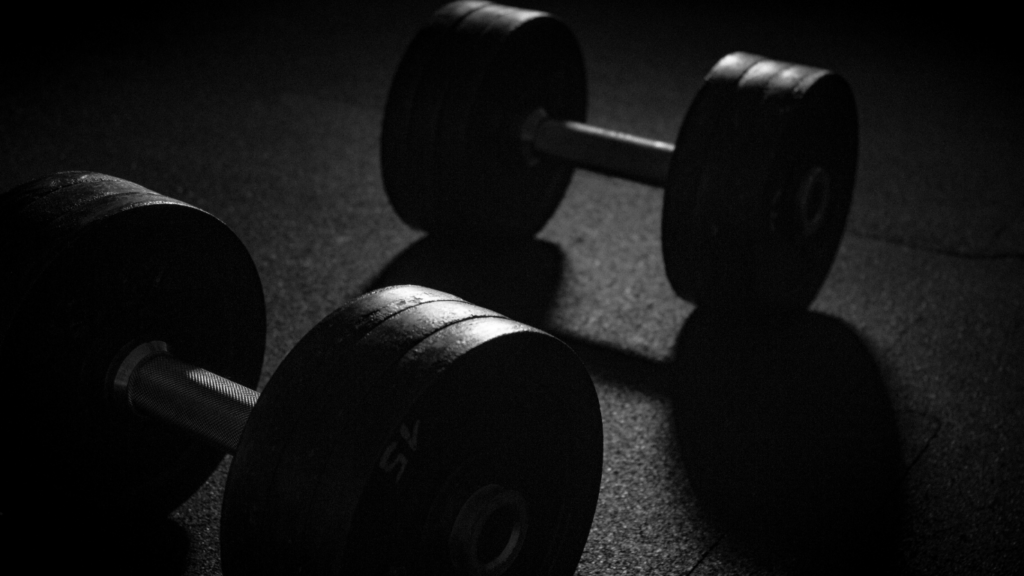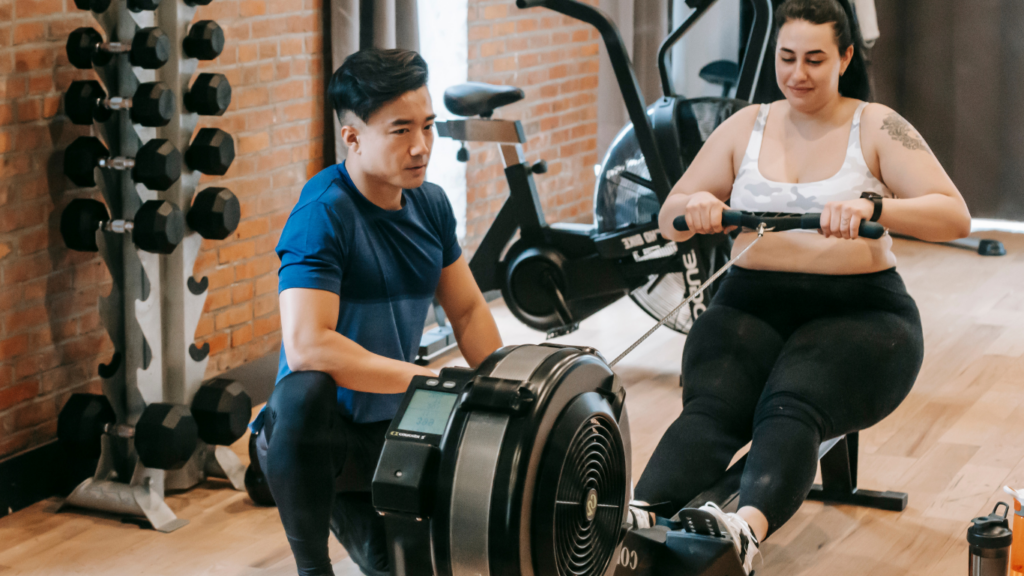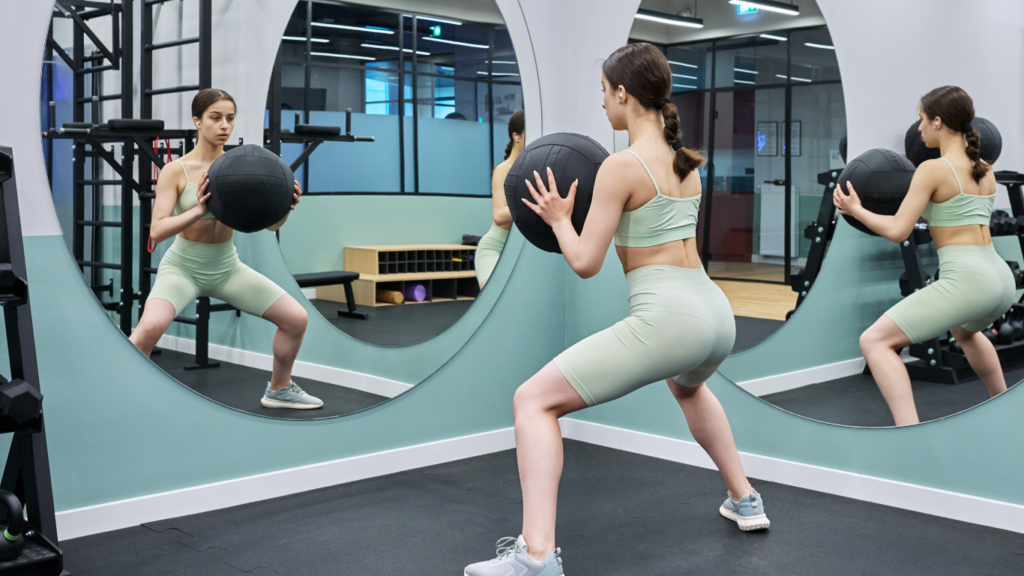Benefits of Strength Training for Beginners
Engaging in strength training offers numerous advantages for beginners. It’s not just about building muscle; it’s about enhancing overall health and well-being. When I started strength training, I noticed a significant boost in my metabolism, which helped me manage my weight effectively. Improved metabolism results from increased muscle mass that burns more calories even at rest.
Strength training enhances muscle strength, promoting better posture and reducing the risk of injuries. I found that stronger muscles and joints contributed to improved stability and coordination in everyday activities. Enhancing functional fitness makes daily tasks easier and boosts confidence in physical capabilities.
Another major benefit is bone health. As I incorporated regular strength training into my routine, I learned it plays a critical role in maintaining bone density. This is particularly vital in preventing osteoporosis-related issues in later years. Strength training stimulates bone growth, making bones more resilient and less prone to fractures.
Emotional and mental well-being also see positive impacts. I experienced reduced stress levels and improved mood after consistent strength training sessions. The release of endorphins during workouts leads to a sense of well-being and acts as a natural stress reliever.
Lastly, strength training aids in building discipline and routine. Setting and achieving strength goals kept me motivated and committed to my fitness journey. This structured approach fosters a sense of accomplishment and encourages further personal development.
Choosing the Right Equipment

Selecting suitable equipment shapes a beginner’s strength training journey. Approaching this process with knowledge ensures safety and effectiveness.
Free Weights vs. Machines
Free weights, such as dumbbells and barbells, offer versatility and simulate real-life movements. They engage stabilizing muscles, promoting balance and coordination. Machines, on the other hand, provide guided motion, which helps with technique. For novices, machines assist in mastering form while gradually building strength. I balance free weights with machines to enhance muscle development efficiently.
Resistance Bands
Resistance bands provide an adaptable, portable option for strength training. They create varying tension levels, catering to all fitness stages and promoting gradual progression. I incorporate resistance bands into workouts to target smaller muscle groups and add variety. This inclusion not only increases endurance but also reduces injury risk.
Exercise 1: Squats
Squats form a foundational exercise crucial for building lower body strength and enhancing overall stability. They’re effective for engaging multiple muscle groups, including the quadriceps, hamstrings, and glutes.
Proper Form and Technique
Maintaining proper form during squats ensures maximum benefits and reduces injury risk.
- Start by standing with feet shoulder-width apart.
- Keep your chest up and core engaged as you bend your knees, lowering your hips back and down as if sitting in a chair.
- Ensure your knees track over your toes while keeping your weight on your heels.
- Push through your heels to return to the starting position.
Common Mistakes to Avoid
Avoiding common mistakes aids in performing squats safely.
- Steer clear of allowing your knees to cave inward; they should stay aligned with your toes.
- Don’t lean too far forward, which can strain the lower back; maintain a neutral spine.
- Ensure your heels remain on the ground throughout the movement to preserve balance and technique.
Exercise 2: Push-ups
Push-ups are a fundamental upper-body exercise that builds strength and enhances core stability. By engaging the chest, shoulders, triceps, and core muscles, push-ups offer a comprehensive workout targeting multiple areas.
Variations for Beginners
Modified push-ups make the exercise more accessible for beginners. Keep knees on the ground and body aligned from head to knees for reduced intensity. Wall push-ups allow a gentler approach; perform them standing, facing a wall, and ensuring arms extend outward. Incline push-ups involve using an elevated surface like a bench or table, which eases the pressure on arms while maintaining core activation.
How to Progress
Increase push-up difficulty by first focusing on form; aim for a consistent pace and full range of motion. Transition to standard push-ups as strength builds, ensuring a straight line from head to heels. Elevate feet on a stable surface for decline push-ups to challenge muscles further and increase intensity. Adding repetitions and sets gradually enhances endurance and muscular development, preparing for advanced variations like pike or clap push-ups.
Exercise 3: Deadlifts
Deadlifts are a vital component of a strength training program for beginners. This exercise targets multiple muscle groups, including the glutes, hamstrings, and lower back, contributing to overall body strength and functional fitness.
Safety Tips and Advice
Ensuring proper technique is critical when performing deadlifts. Maintain a neutral spine throughout the movement to prevent injury. Keep the barbell close to your body by engaging your core and shoulders. Start with light weights, prioritizing form over load, to develop a strong foundation. Use a mixed grip for better control and to prevent the bar from slipping. Warm up your muscles with dynamic stretches to increase flexibility and range of motion before attempting deadlifts.
Incorporating into Routine
Introduce deadlifts into your workout 2-3 times a week for optimal results. Combine with squats and push-ups for a balanced regimen that targets both lower and upper body strength. Begin with 2-3 sets of 8-10 repetitions, gradually increasing weight as form improves. Allow adequate rest between sessions to promote recovery and muscle growth. Adjust your routine based on your personal fitness goals, whether increasing strength, enhancing endurance, or improving technique.
Exercise 4: Planks
Planks are a powerful core exercise that strengthens the entire midsection, enhances stability, and benefits overall fitness. By targeting the abdominals, back, and shoulders, planks provide an essential foundation for more challenging movements.
Building Endurance
Holding planks improves core endurance, which is crucial for maintaining proper posture and form in all physical activities. Start by holding the plank position for 20-30 seconds, ensuring your body forms a straight line from head to heels. Gradually increase the hold time by 10 seconds at a time as endurance improves. Aiming for a maximum hold of one to two minutes allows for significant core strengthening.
Modifications for Different Levels
Beginners may find planks challenging, but modifications make them accessible. Start with knee planks, where knees remain on the floor to reduce resistance, while still engaging the core. Incorporate side planks to focus on oblique muscles, holding for shorter durations initially. For advanced variations, try forearm planks or introduce movement with dynamic planks, like alternating leg lifts or shoulder taps. Adjusting the intensity ensures challenging yet achievable workouts tailored to individual fitness levels.
Exercise 5: Dumbbell Rows
Engaging in dumbbell rows offers a unique strength training exercise for beginners. It targets various muscles and plays a pivotal role in developing upper-body strength.
Correct Posture and Grip
Maintaining the correct posture is essential for performing dumbbell rows effectively. I bend slightly at the waist while keeping my back straight. My knees remain slightly bent to avoid strain. Gripping each dumbbell firmly ensures control over the movement. I keep my arms close to the body as I drive my elbows back, focusing on engaging the back muscles. A slight pause at the peak position enhances muscle contraction.
Benefits for Back Muscles
Dumbbell rows provide substantial benefits for the back muscles. I feel improvements in my latissimus dorsi, rhomboids, and trapezius muscles with consistent practice. Stronger back muscles enhance my posture and stability. As a beginner, strengthening these muscles supports everyday activities like lifting and carrying, reducing the risk of injury in the future.


 Senior Sports Writer
Alfred Alder is the senior sports writer at Sprint Scoop News, bringing his extensive knowledge of fitness, training, and sports business to the forefront. With a career spanning more than a decade, Alfred specializes in delivering high-quality, engaging content that covers everything from sponsorship trends to the latest in health and nutrition for athletes. His deep understanding of the sports industry allows him to provide readers with comprehensive insights that make complex topics accessible and exciting.
Senior Sports Writer
Alfred Alder is the senior sports writer at Sprint Scoop News, bringing his extensive knowledge of fitness, training, and sports business to the forefront. With a career spanning more than a decade, Alfred specializes in delivering high-quality, engaging content that covers everything from sponsorship trends to the latest in health and nutrition for athletes. His deep understanding of the sports industry allows him to provide readers with comprehensive insights that make complex topics accessible and exciting.
